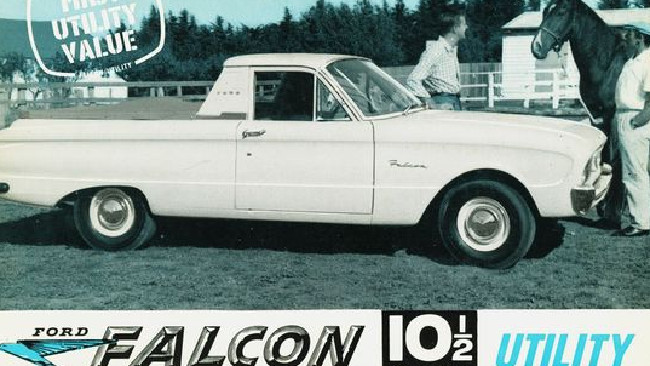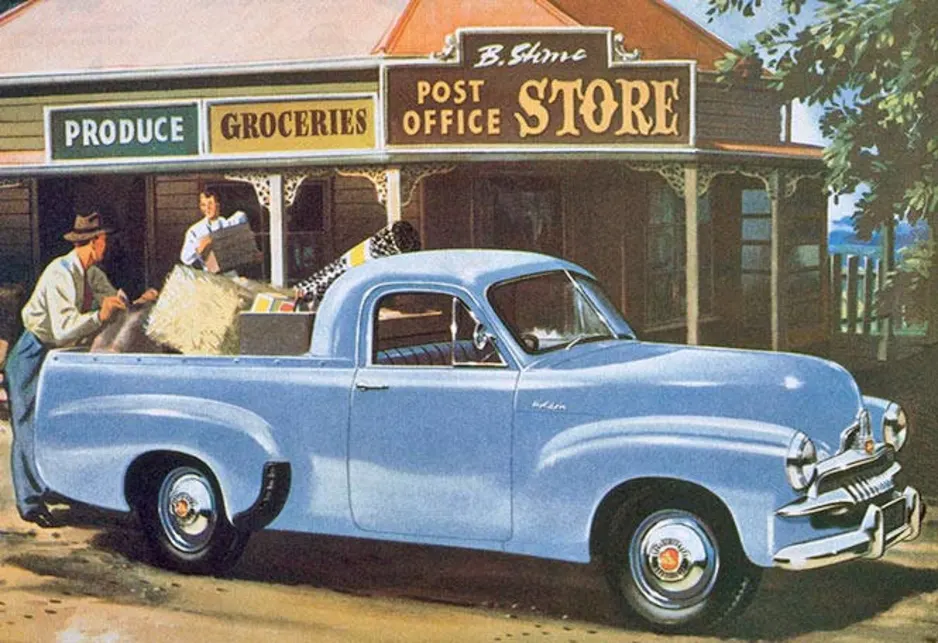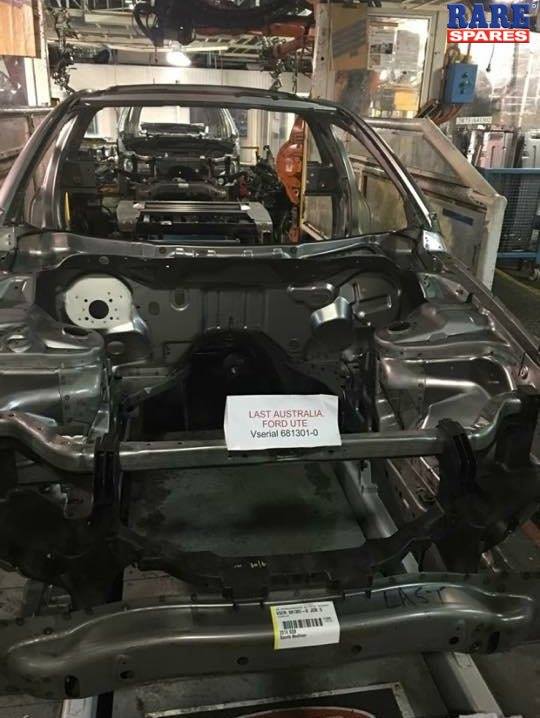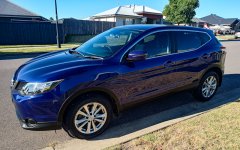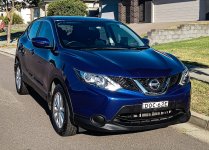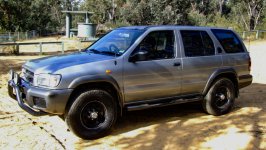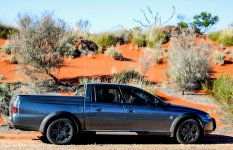The Holden Crewman is an interesting vehicle, one that I will always wonder about.
For the 2000 Sydney motor show, Ford unveiled a concept vehicle they called the R5 again. At the time, Ford were floating ideas on how they would respond to the increasingly popular SUV segment, which at that stage, Ford only offered the Explorer and Courier (Ranger). The question was, did buyers want an SUV for the AWD/4WD capabilities, the body style and ride height, or a combination of each? The first concept they released to gauge public reaction was the crew-cab Falcon R5.

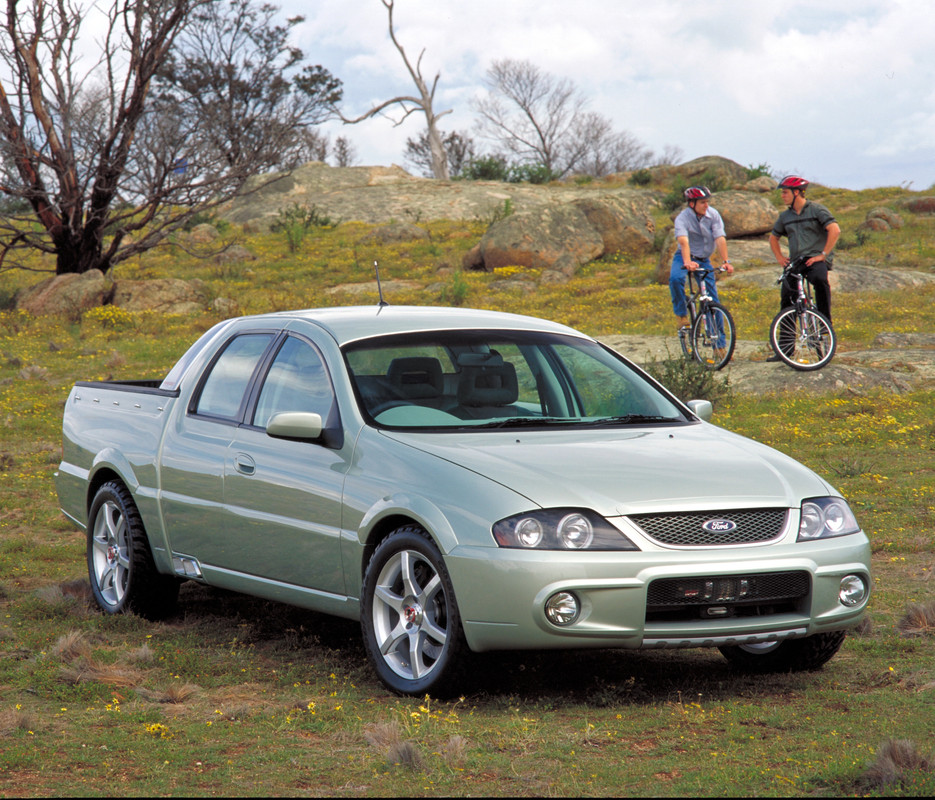

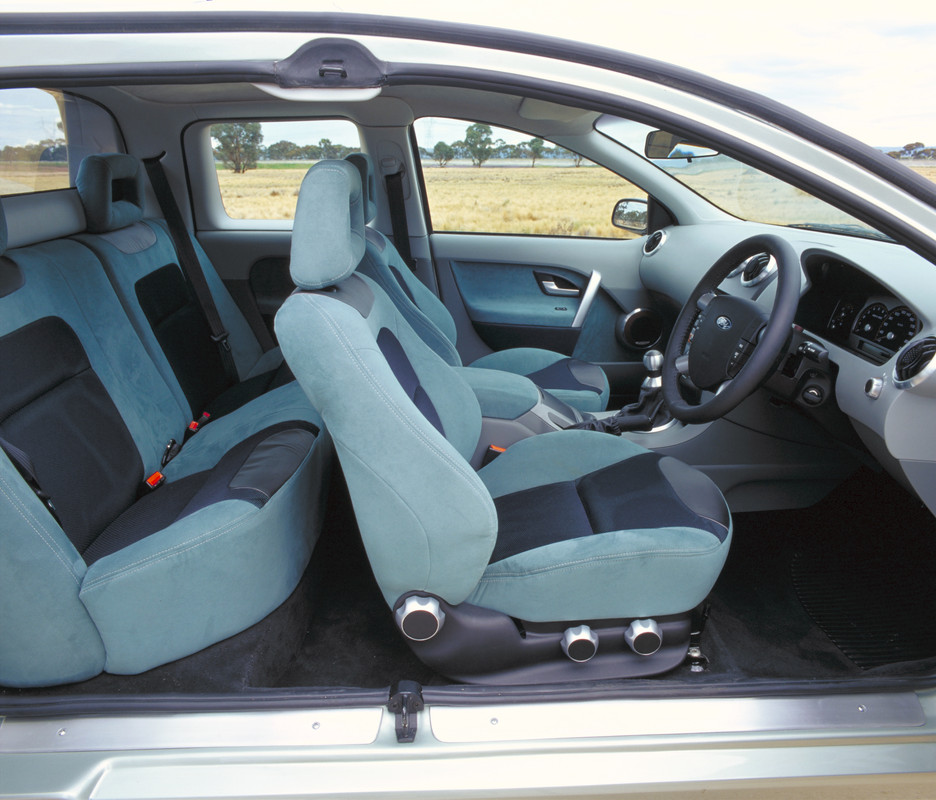
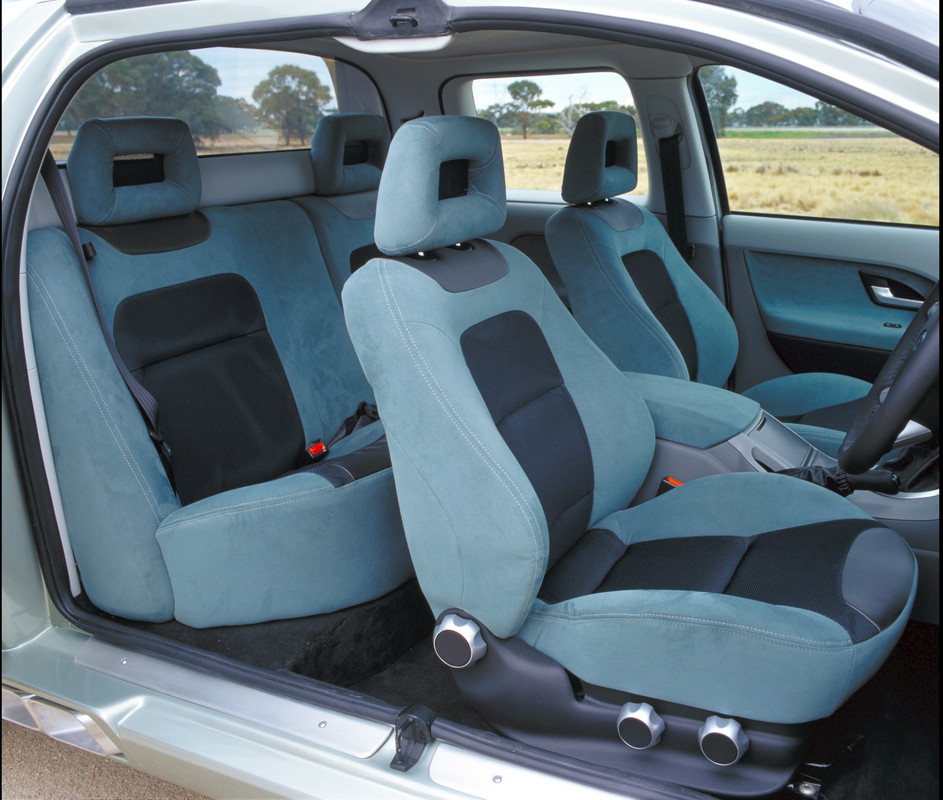
The R5 was based on the Falcon sedan, but with redesigned from the B-pillar rearwards, featuring suicide rear doors. It then used the Ute/Wagon live axle. The concept was powered by the 300hp version of the Windsor V8 5.0, lifted from the XR8. There were actually two versions of the R5, the first was RWD with raised ride height (above), the second had AWD (below). The concept also previewed exterior and interior styling cues that would appear on the new Falcon in 2002, in particular the lower bumper opening, and the interiors central stack.

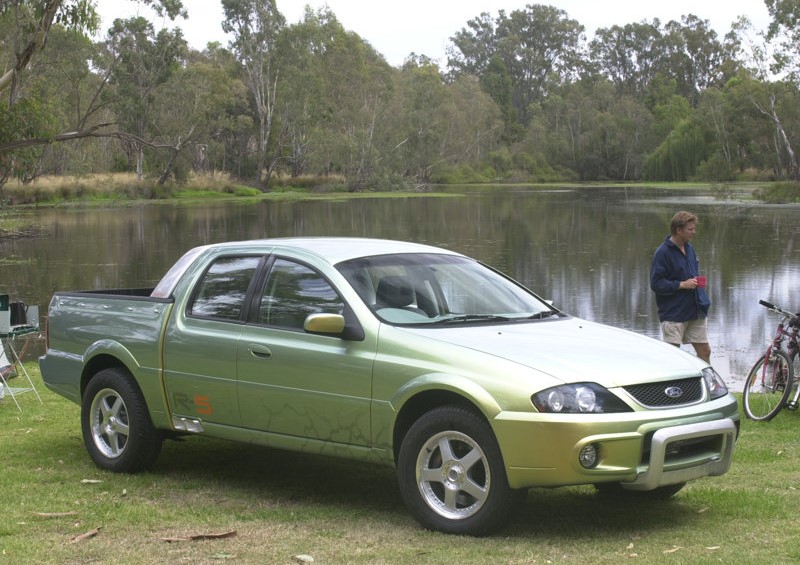
These are my images taken at the Ford Geelong Discovery Center, which has sadly closed now.


The concept was very well received, Ford were quite coy about if it would make production.
In 2002, Ford followed the R5 with the Raptor R7 concept.......................yes, Ford Australia used the Raptor name first...................................


Always loved those wheels................................................
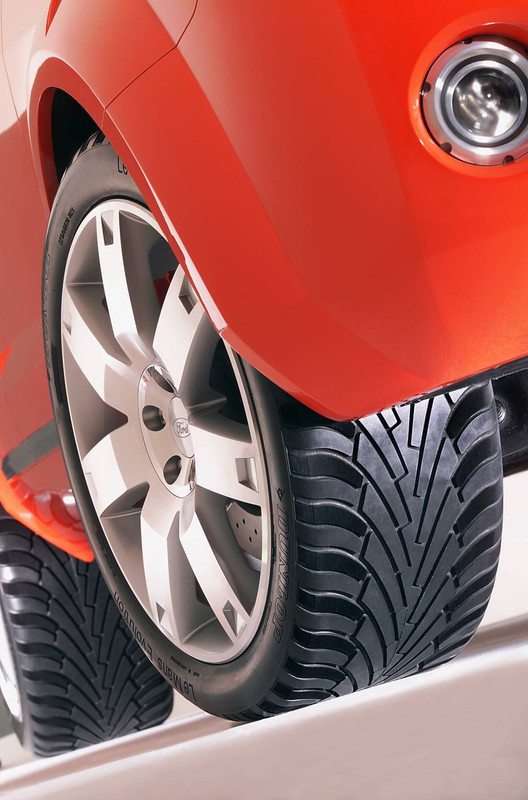


The Raptor R7 was again based on the Falcon sedan platform, but it used a completely different body and had a then secret new IRS suspension design. It also debuted a new double wishbone front suspension, which didn't appear on Falcon until the 2008 FG. The R7 would eventually go into production and was named Territory, the production version looking very similar to the concept. The Territory was so well received by the USA management team that they went ahead and designed their own, although the resulting Freestyle was FWD based. For Territory, both RWD and a 40/60 front/rear split AWD system were offered.
The Territory was an instant and enduring success. With the BA Falcon and Territory, Ford were running the factory at 110% capacity. And as Ford had predicted, it wasn't necessarily the AWD system buyers wanted, rather the SUV look and added ride height.
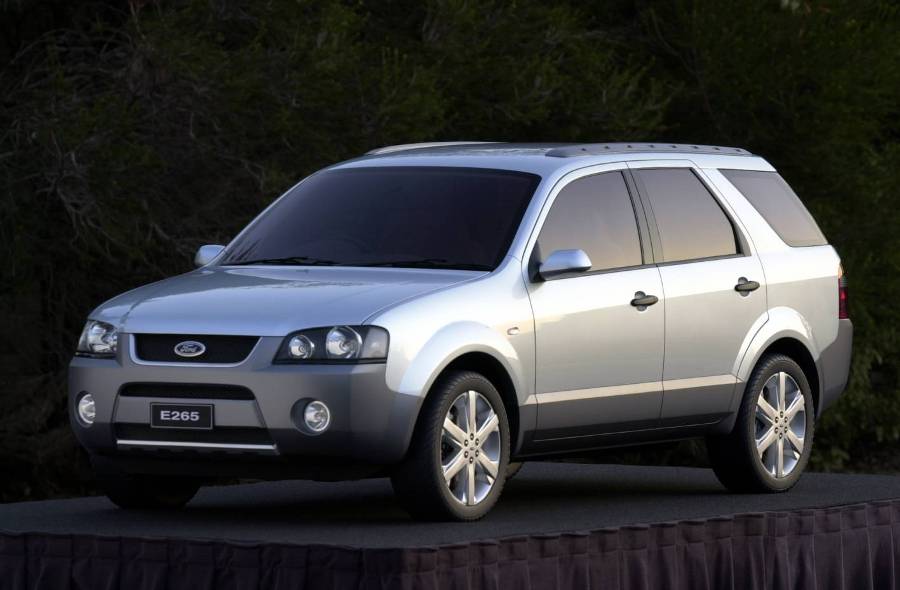
So, why is all this relevant to the Holden Crewman? Holden's approach to the increasing demand for AWD SUV's took a very different path. Instead of creating a new body style, which proved to be what customers wanted, they engineered an AWD system to slot under existing Holden Commodore models. The result was a Subaru Outback-style AWD Wagon called the Adventra, which was followed later by an AWD Commodore (single cab) and Crewman (double cab). I actually loved the Adventra, being based on the long wheel base Commodore wagon meant it had a much bigger cargo area compared to the Territory, and other SUV's.
Sadly for Holden, none of AWD models sold as Holden had hoped...........................for three reasons. First, those early Adventra's were V8 only, which many didn't want to due to the cost of keeping one fueled. A V6 later appeared, but that didn't address the real problems.......................they didn't look like an SUV, nor did they have 7-seater capability like the Territory did.

In fairness to Holden, there were plans to replace the Adventra with a Territory-style SUV on the upcoming all-new VE Commodore's Zeta platform. This was all happening during the 2008 GFC, GM went bankrupt, and Holden had to fend for themselves..............................which killed the plans for the AWD SUV. Instead, Holden went with the imported Daewoo-made (GMDAT) Captiva.
Again, how does this relate to the Crewman. Instead of putting all their eggs in the one basket like Ford did with the Territory, Holden spent their money on creating several AWD models, including a dual-cab Ute. Although no one has said it, but I suspect Holden took that path after seeing Ford's R5 concept in 2000, thinking Ford were going to make a dual cab Falcon Ute. The Crewman appeared in 2004, which at the time, 4-years was the standard development time frame in the auto-industry. Ford called their bluff.
I've said this before, and apologies to Big Dave, but the Crewman was a Frankenstein. To create the Crewman, the used the long wheelbase Statesman/Caprice, then grafted on shorted wagon doors, a Ute rear window, a shortened bed/tub with a Ute tailgate. The rear seats were also cut-n-shut, which made them uncomfortable and lacking in legroom. The result was a very unbalanced, poorly proportions side profile and a long, and gangly looking. Then there was the mess of shut lines and panels needed to make all of the carry-over panels line up, even the roof was a two piece arrangement. So, it was a cut-n-shut special.
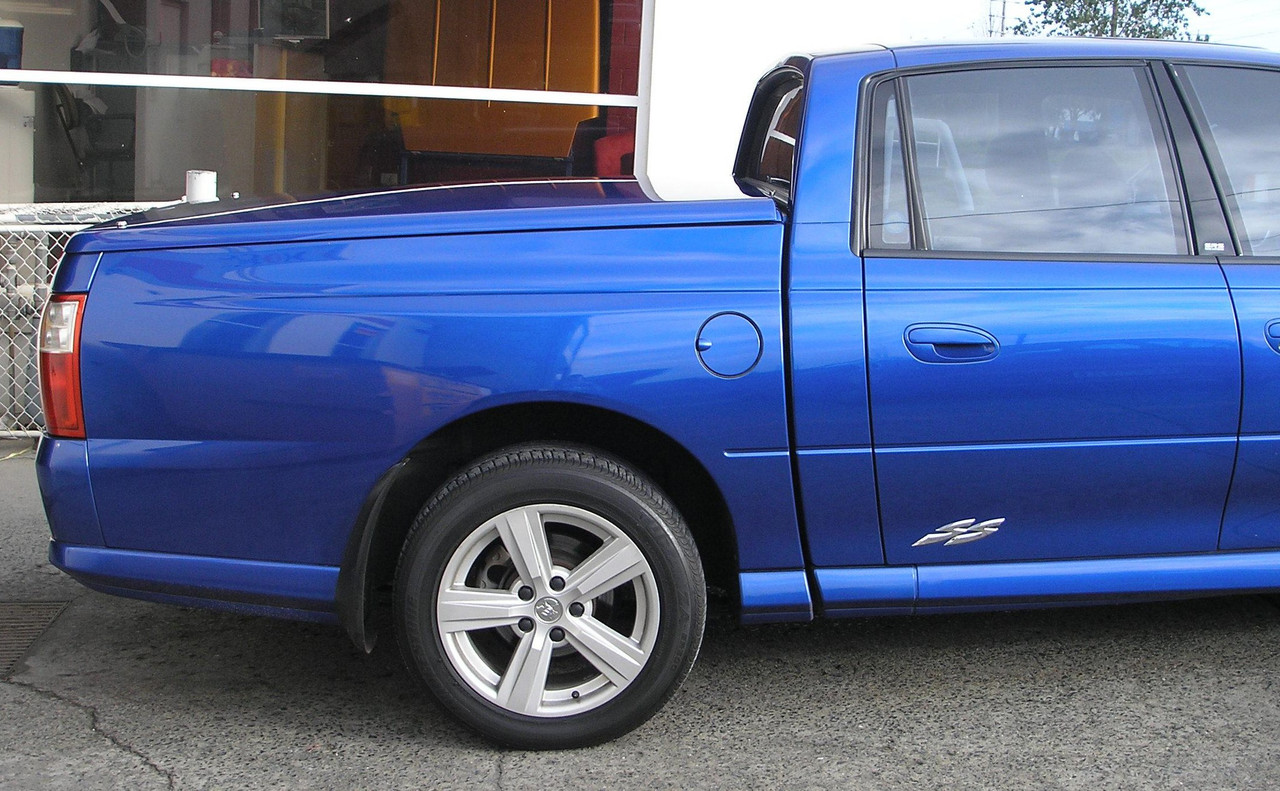


Having said that, the AWD version looked much better. With the added body cladding wheel and wheel arch extensions, as well as the higher ride height, it seemed to balance out the look compared to the RWD examples.
The concept of a dual cab Commodore or Falcon Ute certainly had appeal. But the Crewman was poorly executed. Being based on a passenger vehicle, it should have had a clear comfort and dynamic advantage over the crude ladder-frame pickups that were on the market at the time. I got to drive one of the earlier VY models, it drove like a lead balloon. The steering in particular was horrible, far too heavy and very springy in feel, it also rode hard and the brakes underpowered for the extra weight over a normal Commodore Ute or sedan.
Sorry Dave, didn't mean this post to offend, rather explore where those models came from.


